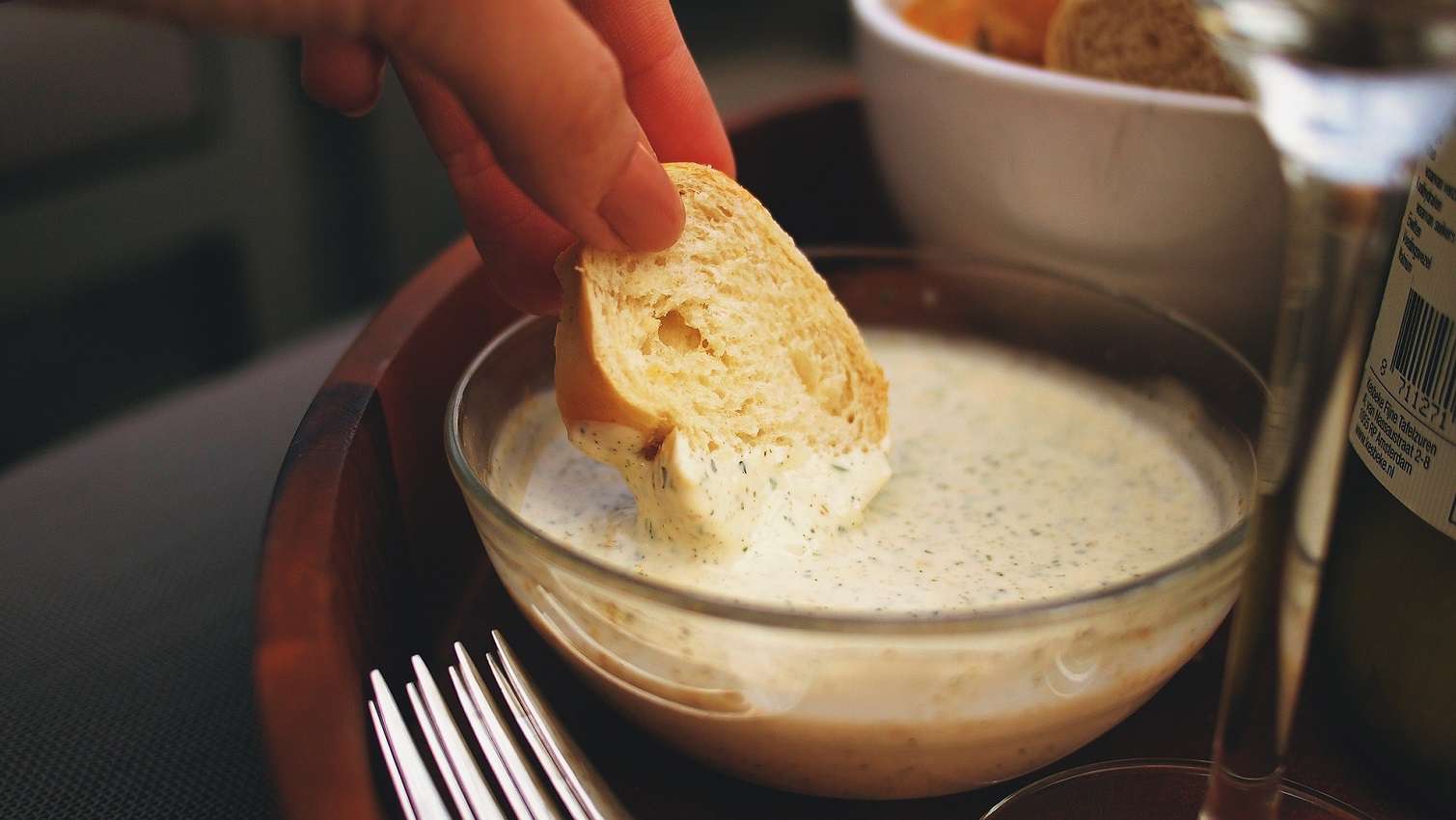As we know, mayonnaise is a cold, emulsification used as a sauce or as a condiment separately, or in various food.
To make it you should blend egg yolks and oil, then flavored with varying combinations of vinegar, mustard, herbs, and spices. Here’s the brief history of mayonnaise.
History

In general, food historians offer some mayonnaise origin possible theories. The most popular one of them dates back to June 28, 1756, when the French Duke Richelieu captured Port Mayon on the Spanish island of Minorca.
When preparing the victory feast, the duke’s chef was forced to substitute olive oil for cream in a sauce.
Unexpectedly pleased with the result, the chef christened the result “mayonnaise” in honor of the place of victory.
In contrast, many people insist that the creamy sauce was a specialty of the town of Bayonne in southwest France. Thus, what was originally called “bayonnaise“, and was later modified to mayonnaise.
Mayonnaise quickly became a popular sauce and spread in European cuisine.
In the early 1900s, Richard Hellmann (a German immigrant) opened a retail establishment or delicatessen in New York City. His wife was making salads with her homemade mayonnaise which were very popular items at that time.
In a while, customers began to ask if they could purchase the mayonnaise itself from them.
At that moment, the Hellmans family produced it in bulk and sold it by some weight in small wooden butter-measuring vessels – the mayonnaise era began.
In 1913, they built their first factory in Astoria. However, they were not the only mayonnaise producers.
A company in California, Best Foods Inc., was also enjoying success with their version of the sauce. In 1932, Best Foods acquired the Hellman’s brand.
Another competitor – National Dairy Products, in 1933 developed another variation of mayonnaise with a cooked based and labeled salad dressing (at the Century of Progress World’s Fair in Chicago) which later on become known as Kraft Miracle Whip Salad Dressing.
Undoubtedly, the French popularized the sauce. Then, starting in the very early 19th century, the word mayonnaise (or magnonnaise) began to appear in German and British cookbooks dedicated to French cuisine and later the migrating French chefs popularized it also in the United States.
James is the Founder & CEO of GurusWay.com. Majoring in Business and other life-changing sectors, James covers helpful content and shares his experience with the targeted audience.